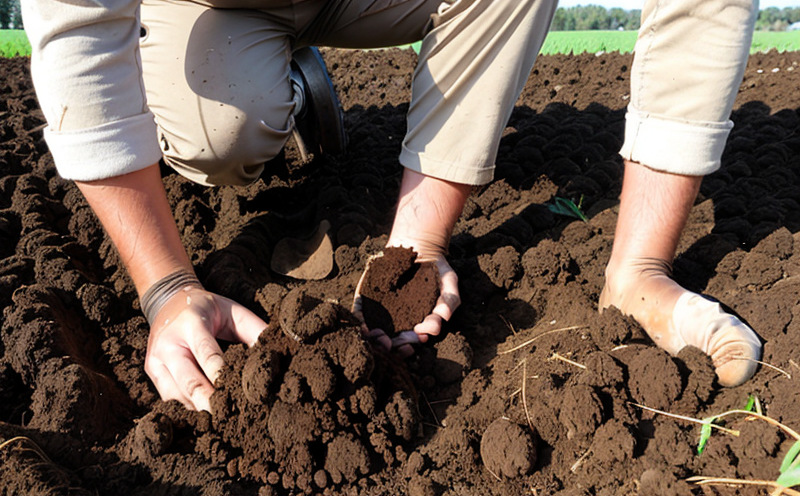Soil Zinc Content Testing
The determination of soil zinc content is crucial in agriculture and forestry as zinc plays a vital role in plant growth and health. Zinc deficiency can lead to stunted growth, reduced yield, and poor crop quality. This service ensures that the soil meets the necessary levels of zinc for optimal agricultural productivity.
Our soil zinc content testing involves several key steps from sample collection to final reporting. Samples are collected from various points across the field or plot, ensuring a representative mix of soil types. The samples are then processed in our state-of-the-art laboratory where they undergo rigorous analysis using atomic absorption spectroscopy (AAS) as per ISO 17294-5:2013.
The testing process is designed to be accurate and reliable, with strict adherence to international standards. This ensures that the results are precise and can be relied upon for making informed decisions about soil management and nutrient application.
For a more detailed understanding of the testing parameters, specimen preparation methods, and instrumentation used in this service, please continue reading below:
Scope and Methodology
The scope of our soil zinc content testing includes the following:
- Determination of total zinc concentration in agricultural soils.
- Evaluation of zinc availability for plant uptake.
- Assessment of zinc levels relative to recommended benchmarks for optimal crop growth.
- Identification of any excess or deficiency in zinc content.
The methodology we employ is based on the latest scientific and technical standards. We use atomic absorption spectroscopy (AAS) which provides high accuracy and precision in measuring trace elements like zinc. This method ensures that even very small concentrations of zinc can be detected accurately.
Sample preparation involves drying, grinding, and sieving to achieve a homogenous sample. Afterward, the sample is digested with appropriate reagents to release all forms of zinc for analysis. The prepared solution is then analyzed using AAS following the procedures outlined in ISO 17294-5:2013.
The results are reported as milligrams per kilogram (mg/kg) and compared against internationally accepted benchmarks such as those set by the European Union and the Food and Agriculture Organization of the United Nations.
Benefits
Accurate soil zinc content testing offers several benefits, including:
- Improved Crop Yield: Ensuring optimal zinc levels helps in achieving higher yields without compromising on quality.
- Better Soil Management: Regular testing allows for better understanding of soil health and nutrient requirements.
- Cost Efficiency: By identifying deficiencies early, unnecessary and excessive applications of fertilizers can be avoided, leading to cost savings.
- Environmental Sustainability: Correctly managed zinc levels in soil contribute positively towards environmental sustainability by preventing over-fertilization.
In addition to these direct benefits, soil zinc content testing also supports broader agricultural goals such as sustainable farming practices and food security. By providing reliable data on soil nutrient status, this service plays a pivotal role in ensuring that agricultural operations are both productive and environmentally responsible.
International Acceptance and Recognition
Our soil zinc content testing is internationally recognized and accepted by various bodies including:
- Federal Agricultural Research Service (FARS), USA
- Australian Soil and Land Conservation Councils
- The European Commission, EU
- FAO/WHO Codex Alimentarius Commission
- International Organization for Standardization (ISO)
This broad acceptance ensures that our testing results are universally applicable and can be used to meet the regulatory requirements of multiple countries. This consistency is crucial in a globalized agricultural market where standards need to align across borders.





